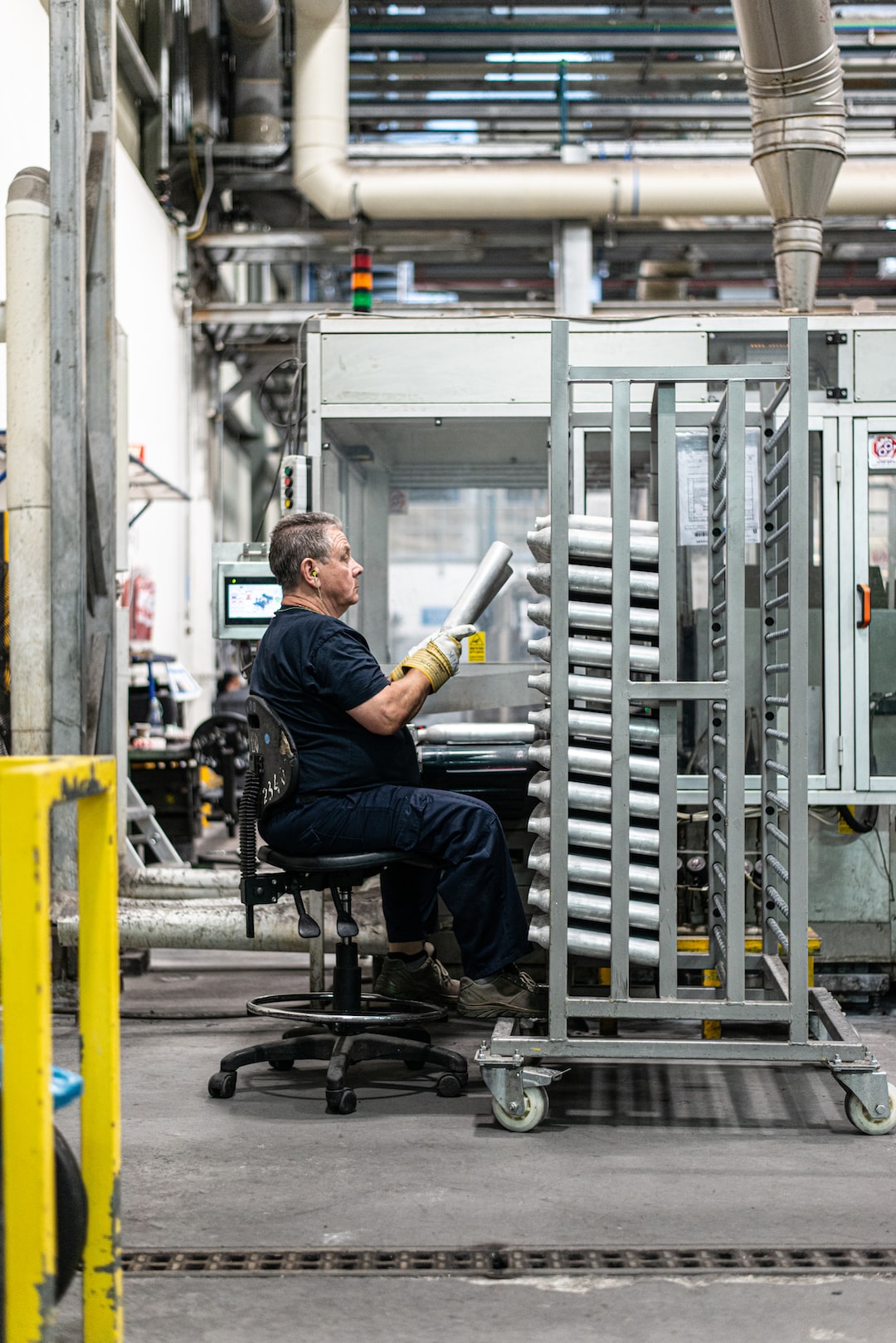Exploring the Role of Robotics in Modern Manufacturing
In recent years, robotics has emerged as a revolutionary force in the manufacturing industry. With rapid advancements in technology, robots are being integrated into various manufacturing processes, transforming the way products are made. This blog post aims to explore the role of robotics in modern manufacturing and the impact it has on efficiency, productivity, and safety.
One of the primary reasons for the widespread adoption of robotics in manufacturing is its ability to improve operational efficiency. Robots are designed to execute repetitive tasks with precision and accuracy, eliminating human errors. This not only reduces the cost of production but also increases the speed and quality of output. For instance, in automotive assembly lines, robots are equipped with sensors and cameras that enable them to perform intricate tasks like welding, painting, and assembly with unmatched speed and accuracy. This not only reduces the production time but also ensures uniform quality throughout the manufacturing process.
Another significant advantage of robotics in modern manufacturing is its ability to enhance productivity. Unlike humans who require breaks and have limited endurance, robots can work tirelessly for extended periods. This allows manufacturers to achieve higher production volumes and meet growing market demands. Moreover, robots can operate at a consistent speed, eliminating the variations caused by human fatigue. This results in improved productivity and faster turnaround times. For example, in the electronics industry, robots are utilized to assemble electronic components with precision and speed, increasing overall productivity and reducing the time required for production.
In addition to efficiency and productivity, the integration of robotics in manufacturing also contributes to a safer working environment. Robots are specifically designed to perform hazardous and dangerous tasks, removing humans from potentially unsafe conditions. This not only protects the well-being of workers but also minimizes the risk of accidents and injuries. For example, in the chemical industry, robots can be used to handle toxic substances and operate in high-risk environments without putting human lives in danger. By automating such tasks, manufacturers can significantly improve workplace safety and prevent potential occupational hazards.
Furthermore, the utilization of robotics in modern manufacturing allows for improved resource management. Robots are equipped with advanced sensors and artificial intelligence capabilities, enabling them to optimize material utilization and reduce waste. For instance, robots can precisely measure and cut materials, minimizing scrap and reducing production costs. Additionally, robots can also monitor energy consumption and make adjustments to minimize energy usage. This not only makes manufacturing processes more sustainable but also contributes to the overall profitability of businesses.
Moreover, the integration of robotics in manufacturing also opens up new opportunities in terms of innovation and creativity. With the assistance of robots, manufacturers can experiment with new designs and prototypes without the need for significant manual labor. This flexibility allows for faster iterations and modifications, ultimately leading to product improvements and market competitiveness. For example, in the fashion industry, robots are being used to automate the sewing process, enabling designers to create intricate and complex designs that were previously challenging or time-consuming to produce manually.
However, it is essential to acknowledge that the integration of robotics in manufacturing does have potential implications for human employment. As more tasks are automated, there is a concern that certain job roles may become obsolete. Nevertheless, it is crucial to recognize that robotics can also create new employment opportunities, particularly in the areas of robot programming, maintenance, and supervision.
In conclusion, the role of robotics in modern manufacturing cannot be underestimated. From enhancing operational efficiency and productivity to improving safety and resource management, robots are revolutionizing the manufacturing industry. Embracing robotics allows manufacturers to stay competitive, meet growing market demands, and drive innovation. While it is important to address the potential impact on human employment, the benefits of robotics in manufacturing cannot be ignored. As technology continues to evolve, robots are likely to play an increasingly significant role in shaping the future of manufacturing.

